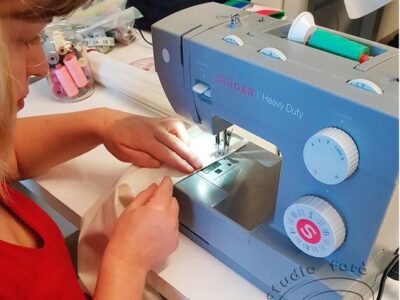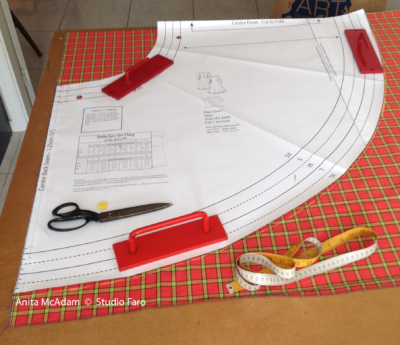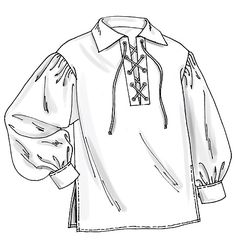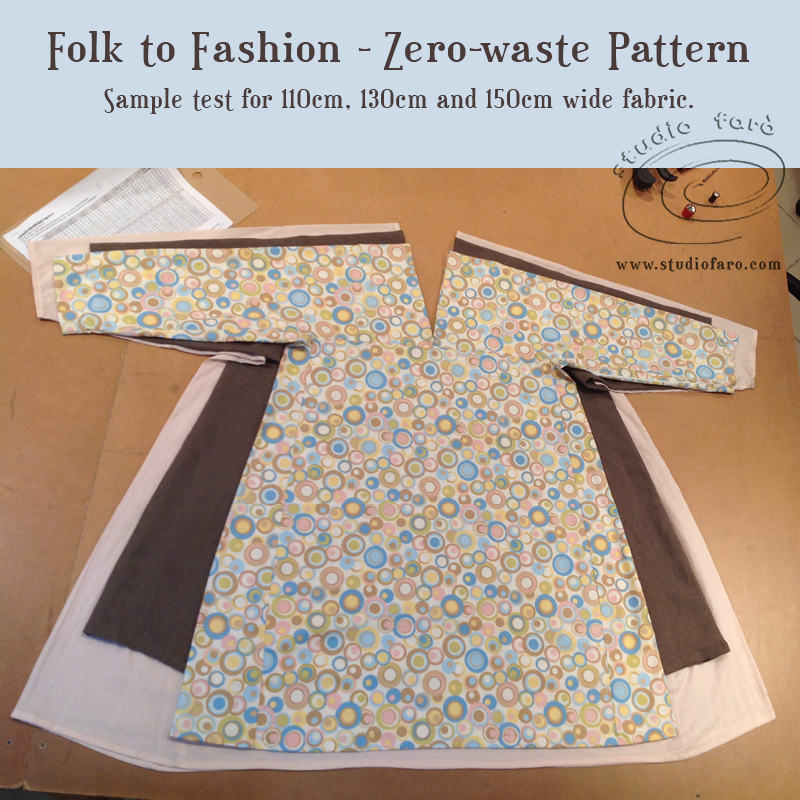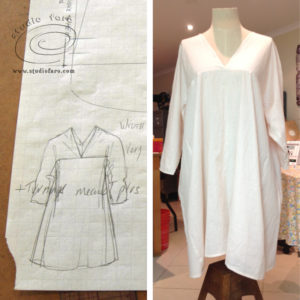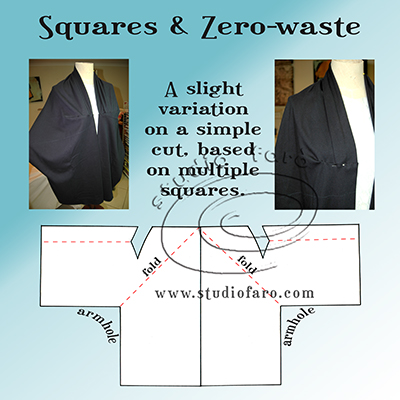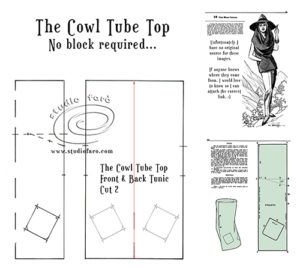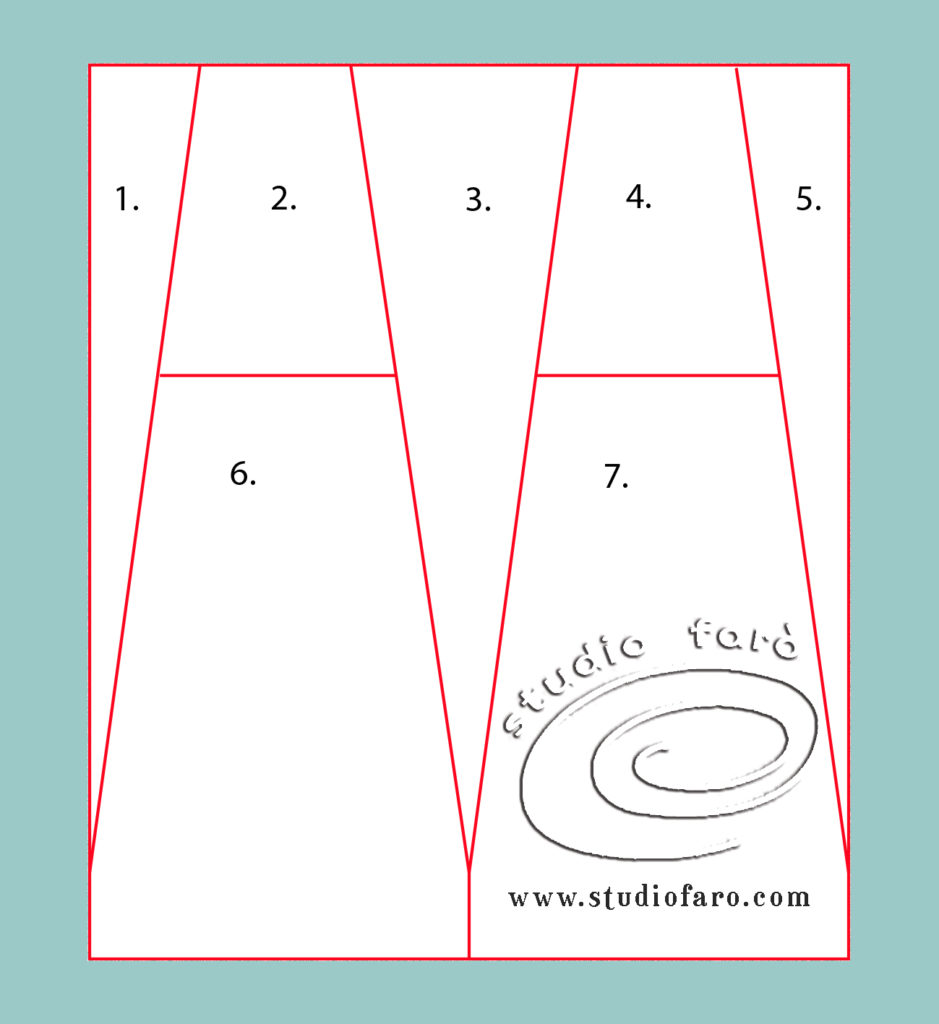14 Apr Sustainable Practices
The tug of war between our creative drive and our ethical aspirations can be so confusing. How can we adjust our own consumption of fabric/fashion so that we can satisfy our creative needs, alongside supporting our social, ethical and environmental ideals?
To begin with we're so fortunate if we can sew. Already we're able to side-step the ugly world of fast fashion when we have the skills and resources to make our own clothes. So what are the key issues we need to consider if we are to grapple with our creativity and still hold some ethical views on consumption.
